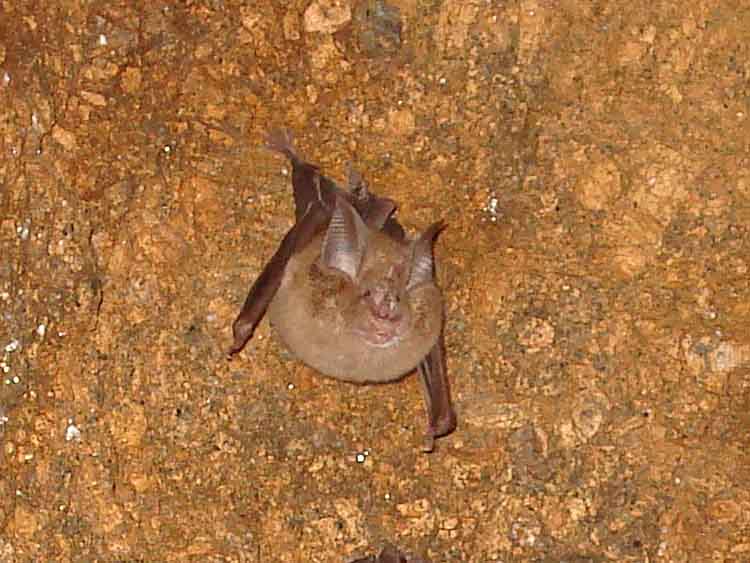This walk: 2010-9-3. A good blue sky day! Middleworth Farm, saplings growing on an old tree stump, Deancombe Farm, staddle stones, ruins, thistle, Narrator Brook, mortar stones, oak, Cuckoo Rock, cave, bats, potato cave, Sheepstor, Combeshead Tor, Hingston Hill circle, stone row, three cists, Down Tor, Snappers Tor, Leather Tor.
See walks also on 4 Oct 2007, 7 Jan 2009 and 5 Feb 2009
Walk details below - Information about the route etc on Page-2.

Middleworth barn, the old farm house was to the right, in the forest, although it was rebuilt close to the barn and some walls can still be seen here. The barn had animals on the ground floor and hay in the loft.

The remnants of an interesting old tree stump .....

..... with saplings growing out of it.

Sign by the ruins of Deancombe Farm. This area was occupied from 1566 until about 1850. At that time there were two farms here, called East and West Deancombe. Source: Exploring around Burrator, Paul Rendell, Dartmoor Company, Okehampton, ISBN 978-0-9555 150-0-2.

Staddle stones that were associated with the old grain store. These were designed as an anti-vermin measure to deny rats etc. access to the grain and to protect against water seepage. They would have had a mushroom shaped top that rats could not climb up or around. The grain would be stored on a floor built on top of the stones.

Another view.

Old farm building now dwarfed by a sycamore tree.

More ruins, a few yards up the track .....

..... and across the track.

Thistle growing on an old wall .....

Close-up.

A general view of the farm buildings.

The track down from the signpost to the footbridge over Narrator Brook.

Looking back from the stream to a recently installed granite lining to a small brook, running across the track.

Looking up Narrator Brook from the bridge.

A shade tree!

Mortar stone with two indentations from old tin stamps. There is a row of these here, with the remains of a blowing house nearby at SX 57992 68620 - totally overgrown at this time of year by bracken. It was visited on on 4th Oct 2007.

This valley is filled with Quercus robur, the Common, English or Pedunculate Oak. It is characterised by the small lobes where the leaves join their stalk and by the stalks on the acorns (stalks = peduncles). The "other" oak common on Dartmoor is Quercus petraea, the Sessile Oak, whose acorns are sessile, without stalks and whose leaves lack the basal lobes .....

Common oak, showing the lobes at the base of the leaves where they join their stalk.

An old fallen tree.

Looking up to Cuckoo Rock.

Looking back at the entrance to a cave at SX 58646 68418 .....

A general flash photograph of the interior/floor of the cave .....

Bats in the cave - be wary of entering - it can be disturbing to both parties!

Cropped image from previous photo.

As previous.

As previous.

Liverworts inside the cave entrance .....

Emerging from the cave .....

The cave entrance, essentially a hole in the ground.
All photographs on this web site are copyright ©2007-2016 Keith Ryan.
All rights reserved - please email for permissions
